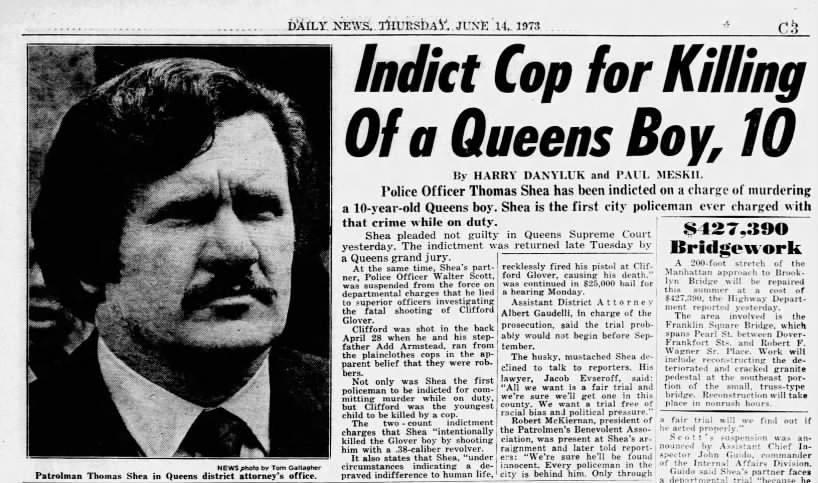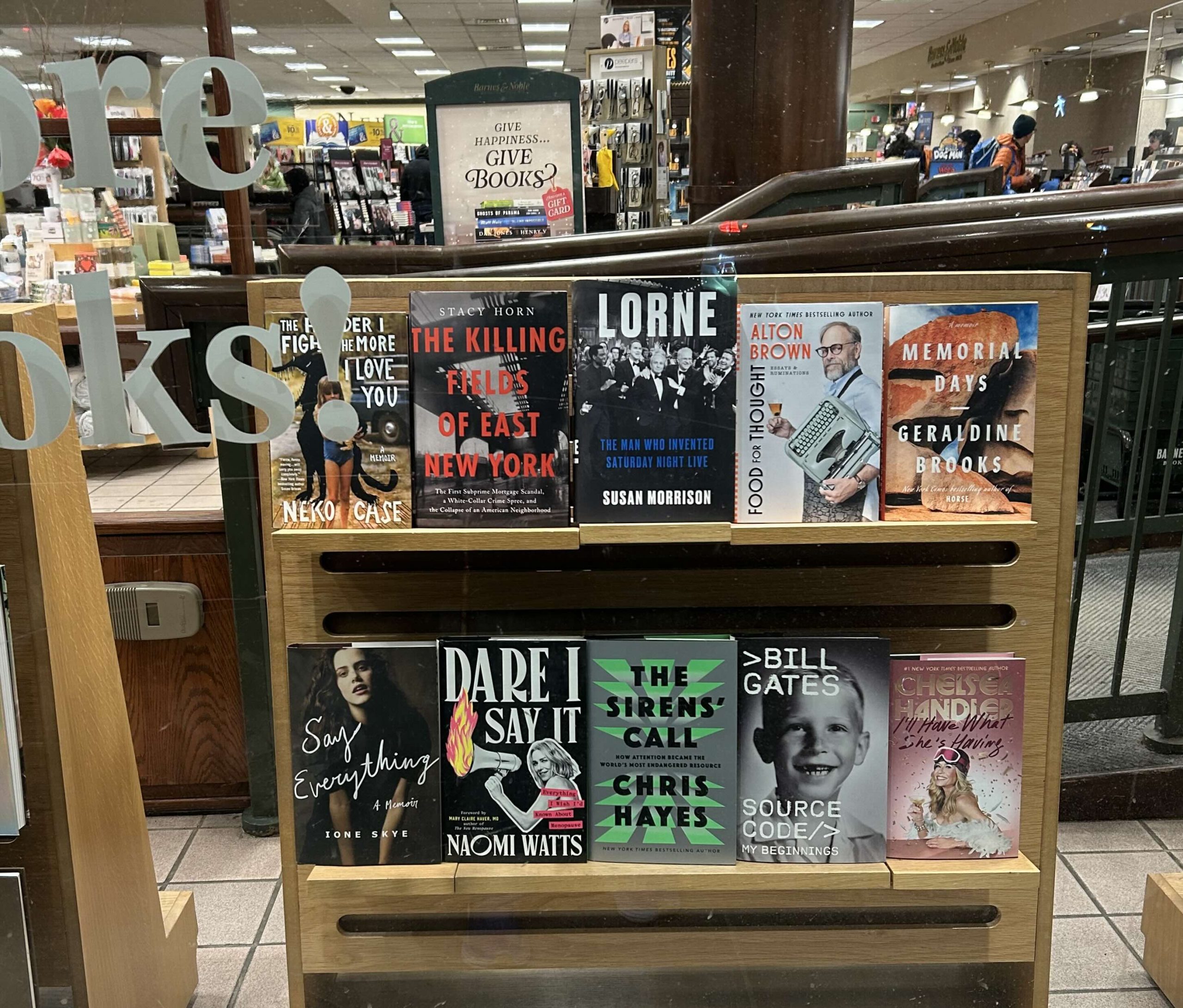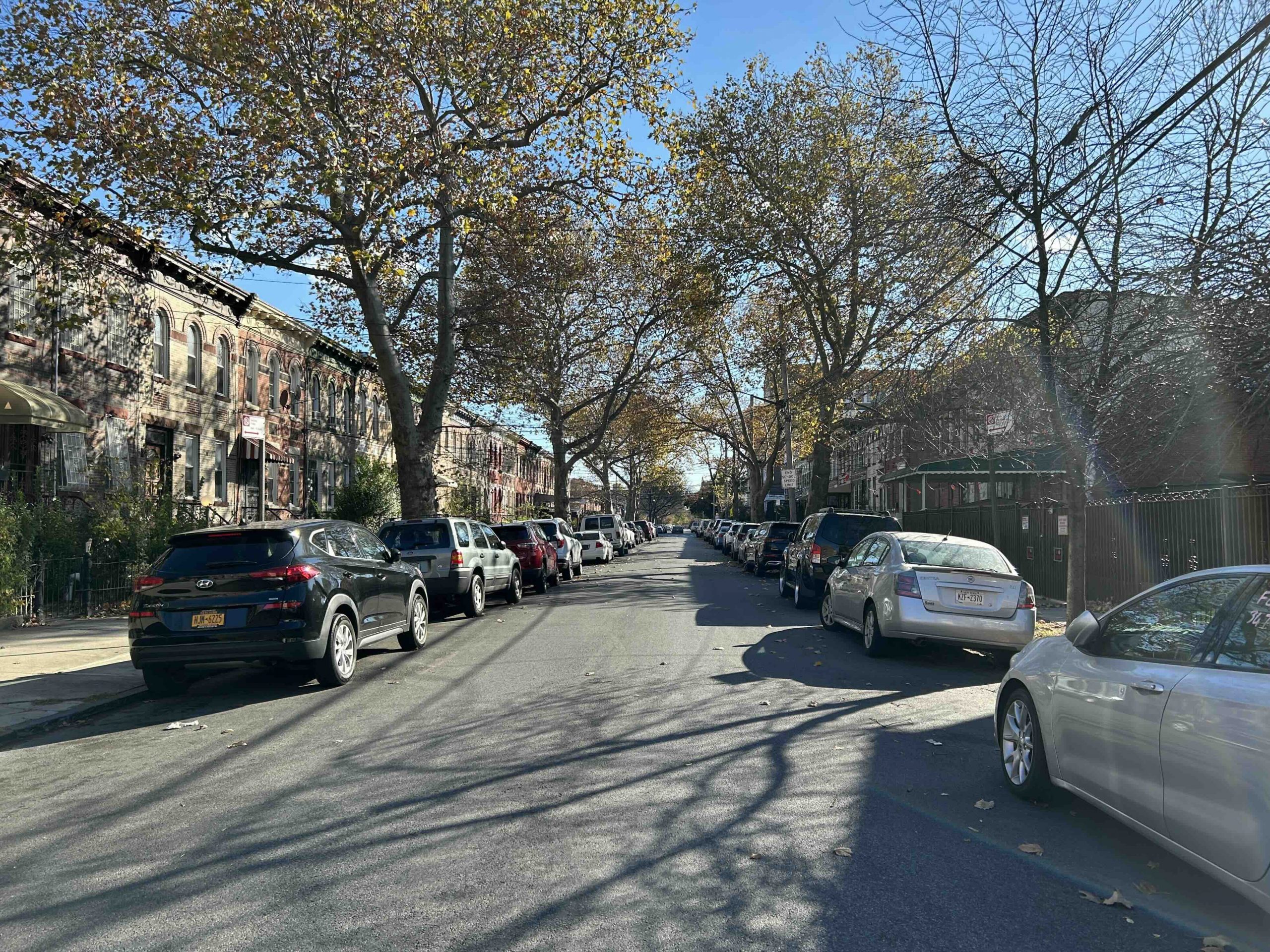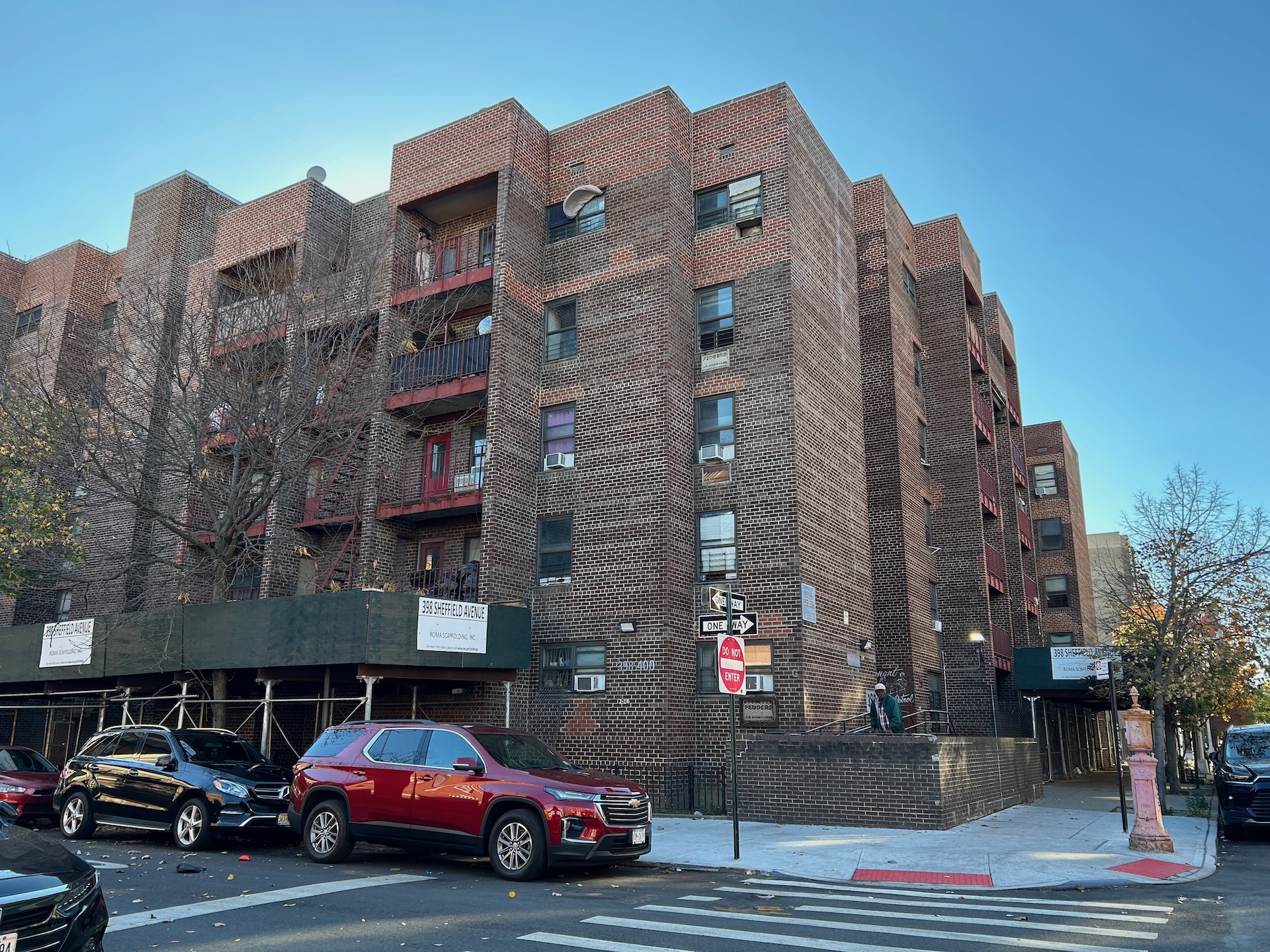Clifford Glover
In 1967, President Johnson established The Kerner Commission to determine the reasons for riots that had erupted throughout the nation. Their conclusion was breathtakingly simple. America is a racist country. “Segregation and poverty have created in the racial ghetto a destructive environment totally unknown to most white Americans . . . White institutions created it, white institutions maintain it, and white society condones it.”
According to Johnson’s committee, among the most serious problems, in a long list of them were the police, unemployment, and housing discrimination. Racism in America was so bad and so systemic, that only a “compassionate, massive, and sustained” effort could even begin to address it. The Commission had found that complaints of police brutality were shockingly legitimate.
5 years later, 10-year-old Clifford Glover was shot in the back in Queens by police officer Thomas Shea. Shea claimed that he and his partner, who were in plain clothes and driving an unmarked car, had stopped Glover and his step-father to question them about a taxicab holdup. The step-father said the officers never identified themselves, and they took off running, thinking they were about to be robbed. Lending credence to his claim, the step-father had run and flagged down the first patrol car he saw and cried, “They’re shooting my son.”
The officers who’d chased and killed Clifford would give several versions of their story, until seemingly landing on the one they felt was the most plausible: the 4th grader had pointed a gun at them. No gun was ever found. At the trial, jurors were played a recording of Shea’s partner, Walter Scott, saying over the radio, “Die, you little fuck.” The voice wasn’t his, Scott claimed. The indifference to Clifford’s imminent death was shared. When Sergeant Thomas Donohue took the stand he testified that as he stood over Clifford, the boy said, “I’m dying.” Without a measure of kindness or compassion for the frightened child he answered, “That’s right … you’re dying.” Shea was acquitted.
The picture is of an article in the Daily News.





